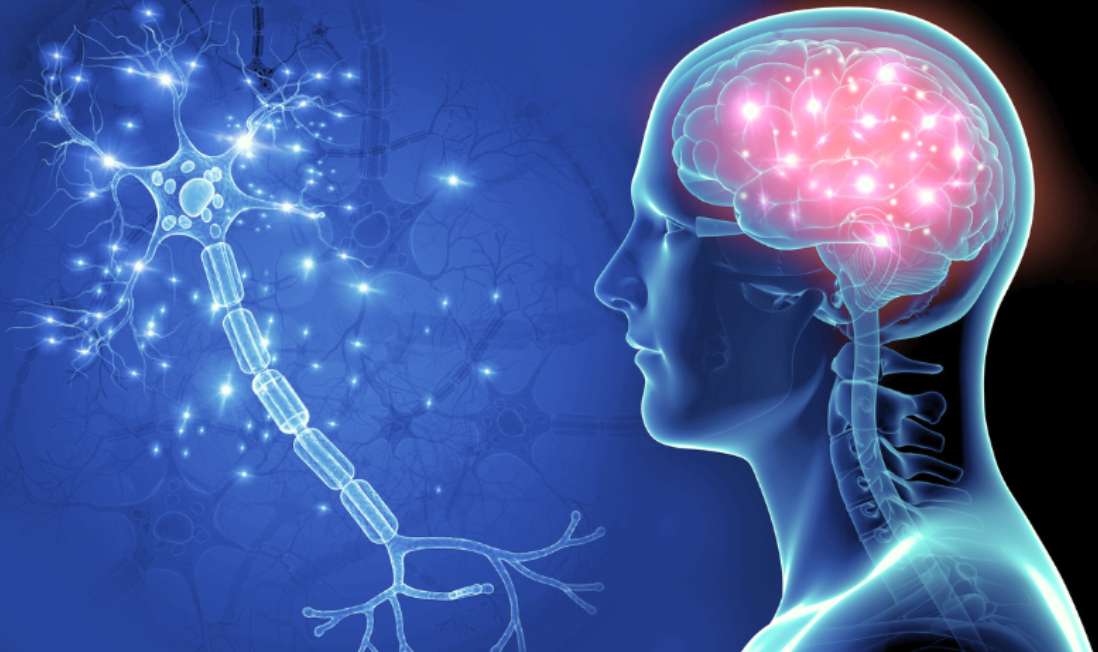Murry highlighted that transforming stem cells into iPSCs requires highly trained stem cell scientists and that iPSCs can also be created from adult blood or skin cells, meaning that cord blood banking is unnecessary.
Merli, who uses stem cell therapy to treat his patients, says many of the conditions he treats do not require autologous stem cells (harvested from the patient) and that allogeneic stem cells (from matched donors) can be used instead.
He said that leukemia was one of the few conditions where doctors might use stem cells harvested from the patient, but that these could be taken from the patient’s bone marrow, so there was no benefit to harvesting and storing stem cells from cord blood.
He added that in Italy it is illegal for stem cell therapy companies to make such claims in their advertising.
Neither SmartCells nor Future Health responded to The BMJ’s request for comment.
Both the Royal College of Obstetricians and Gynaecologists and the Royal College of Midwives do not recommend commercially harvesting umbilical cord blood, unless there’s a specific medical reason to do so.
A treatment to move blood from the umbilical cord into the body of newborns who are limp, pale and with minimal breathing, known as non-vigorous, does not appear to increase the risk of neurodevelopmental impairment, according to a new study. The findings are published in the journal JAMA Network Open.
This study found a clear association between maternal and neonatal arsenic exposure. The findings indicate transmission of arsenic through the placenta, which is consistent with existing research, and point to breastfeeding as a possible way to reduce arsenic exposure in infants compared to formula feeding. These findings highlight the importance of the further study of arsenic exposure and the need to develop interventions to reduce exposure in vulnerable groups.
A retrospective study analyzed the presence of 20 different elements, thyroid hormones and vitamin D levels in umbilical cord blood collected at birth. The levels were compared with how well a child met developmental milestones as part of their well child examinations conducted between birth to age 5.
The findings, published in Biomedicine & Pharmacotherapy, showed that vitamin D levels were associated with a delay in fine motor development and thyroid hormone levels were associated with cognitive development. Certain metals such as lead, mercury, copper and manganese were associated with language, cognitive or motor skill development.
“Our study demonstrates the importance of the in-utero environment,” said Jesse Cottrell, M.D., assistant professor of obstetrics and gynecology at the Joan C. Edwards School of Medicine and lead author on the study. “The study found multiple associations between umbilical cord essential and toxic elements, thyroid levels and Vitamin D on childhood development for a pronounced time after birth.”
“Very little existing research addresses the long-term effects on child development of in utero exposure to environmental agents,” said Monica Valentovic, Ph.D., professor of biomedical sciences and toxicology research cluster coordinator at the Joan C. Edwards School of Medicine and corresponding author on the study. “With the original umbilical cord blood samples collected in 2013, having long-term follow-up on developmental outcomes adds significantly to the literature.”
The study, published in the journal Cell Stem Cell, highlights how a protein called NOV/CCN3, which is normally found at low levels in the blood, can be used to rapidly increase the number HSCs in single umbilical cord blood units that are capable of transplantation. This finding potentially opens the door to units that would otherwise be discarded being made available for patients of all ages.
“Trying to increase the actual number of hematopoietic stem cells in umbilical cord blood is both expensive and challenging. It is known that not all HSCs present in a cord blood unit can or will transplant, indicating that cord blood units have untapped transplantation potential,” explained Dr. Rajeev Gupta, Clinical Associate Professor at UCL Cancer Institute and first author of the study.
“We explored an alternative approach to harness this potential by increasing the functionality—rather than the number—of HSCs, and so enhance the ability of umbilical cord blood units to transplant.
“We’d previously discovered that a regulatory protein known as NOV is essential for the normal function of human HSCs, and so we asked whether highly purified NOV might be used to manipulate cord blood HSCs to make them more transplantable.”
Using cell cultures and mouse models in the lab, the research team at UCL Cancer Institute found that umbilical cord blood units exposed to NOV showed significantly more transplantation potential than regular samples. In fact, the frequency of functional HSCs in the sample increased six-fold. Strikingly, these effects were achieved with only an eight-hour exposure.
“Using NOV, we’ve shown that we can rapidly manipulate blood stem cells to alter their state—changing non-functioning HSCs to functioning HSCs—which enhances cord blood engraftment potential. This finding offers a new strategy for improving blood transplants. The next stage will be to take our research into a clinical setting to explore how this can benefit patients with blood cancers and other blood disorders,” said Dr. Gupta.
